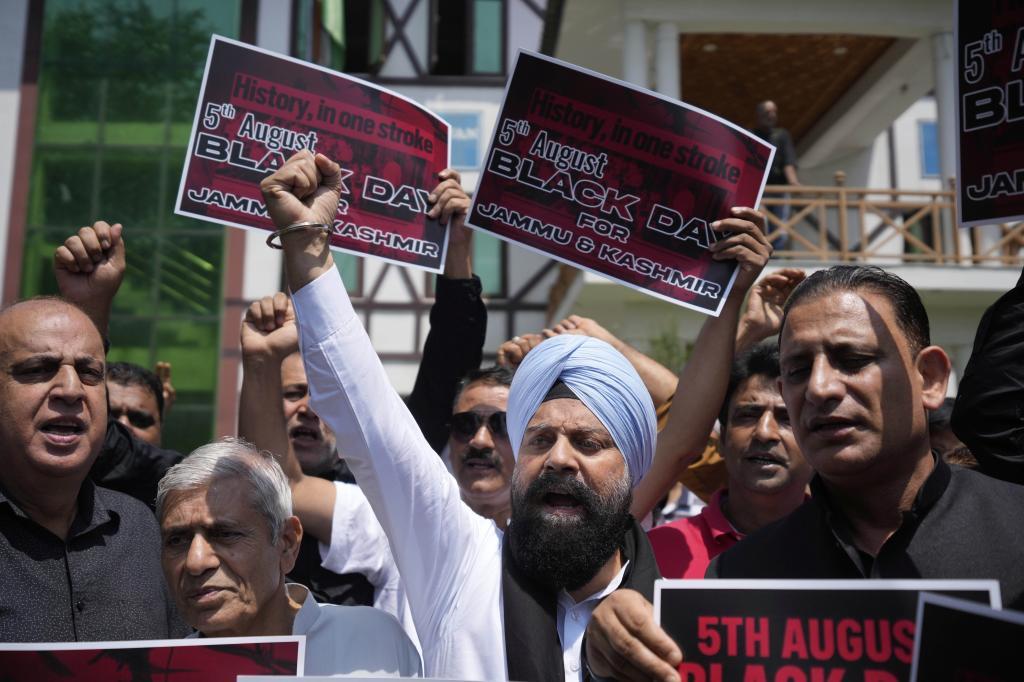It has been six years since the Government of India revoked article 370 of its Constitution, thereby removing the special status of the region of Jammu and Kashmir. Some significant changes are already noticeable in the region, according to official data. On August 5, 2019, the area was divided into two federal territories: Jammu and Kashmir on one side, and Ladakh on the other. They also became part of India with the same status as the rest of the states.
Article 370 was introduced in 1949 to grant special autonomy to Kashmir after its accession to India, as in 1947, when India gained independence, Kashmir was a principality ruled by a maharaja. The state had its own constitution, flag, and legislative powers, while India could only intervene in limited matters such as defense or foreign affairs.
Additionally, article 35A, added in 1954, allowed the Kashmiri government to define who was considered a "permanent resident" of the region, limiting access to property or public employment, for example. It also excluded refugees and women who married non-Kashmiris, among other cases. With the revocation of both articles, the Government of Narendra Modi argued that historical legal inequalities were being corrected and that it was opening the door to greater inclusion.
Official data shows a significant increase in democratic participation, with a 70% growth in electoral participation in Kashmir compared to previous cycles. Electoral districts have also been redesigned to include more women, youth, and traditionally marginalized communities.
New higher education institutions have been opened, such as an Indian Institute of Technology, two university hospitals, and a medical college. Kashmiri has also been made a mandatory subject in schools.
It is expected that by 2027, 2,000 companies will have been created (837 are currently registered, 300 of which are led by women). Additionally, new tunnels, highways, railway links, and hospitals have been built. Fiber optics are gradually being introduced, and in Srinagar, the capital, sanitation and urban mobility networks are being revamped.
Tourism has also experienced significant growth. In 2024, the number of daily flights to Srinagar was 125, compared to 35 before 2019. The city was recognized by UNESCO as a "craft city," and ecotourism has been promoted, with stays in local homes and the training of heritage guides.
From a security perspective, although terrorist incidents have decreased, it is important to note that there have been some recent serious attacks, and the region still faces challenges. Pakistan and India experienced a brief but intense armed conflict just three months ago, triggered by an Islamic terrorist massacre in the region, resulting in the deaths of 25 Indian tourists and one Nepali. However, the reopening of schools, universities, and businesses indicates a return to normalcy.
Spain has always maintained neutrality regarding this constitutional reform but recognizes Kashmir as Indian territory. Additionally, Spain is currently enjoying a positive period of diplomatic relations with India, with a visit by Pedro Sánchez last year, visits by ministers from Modi's government to Spain this year, and the upcoming celebration of the India-Spain Dual Year next year.
